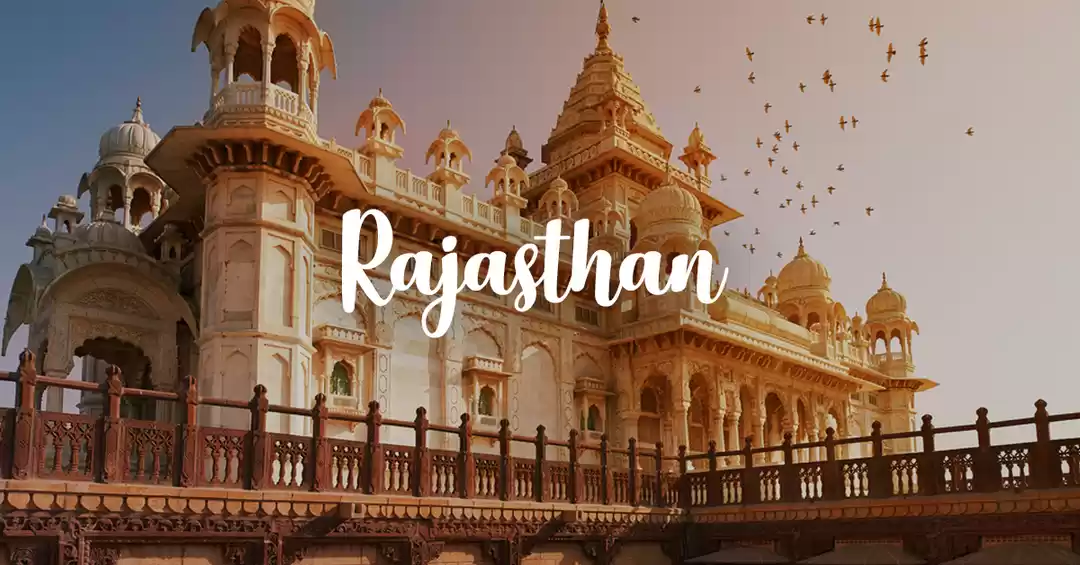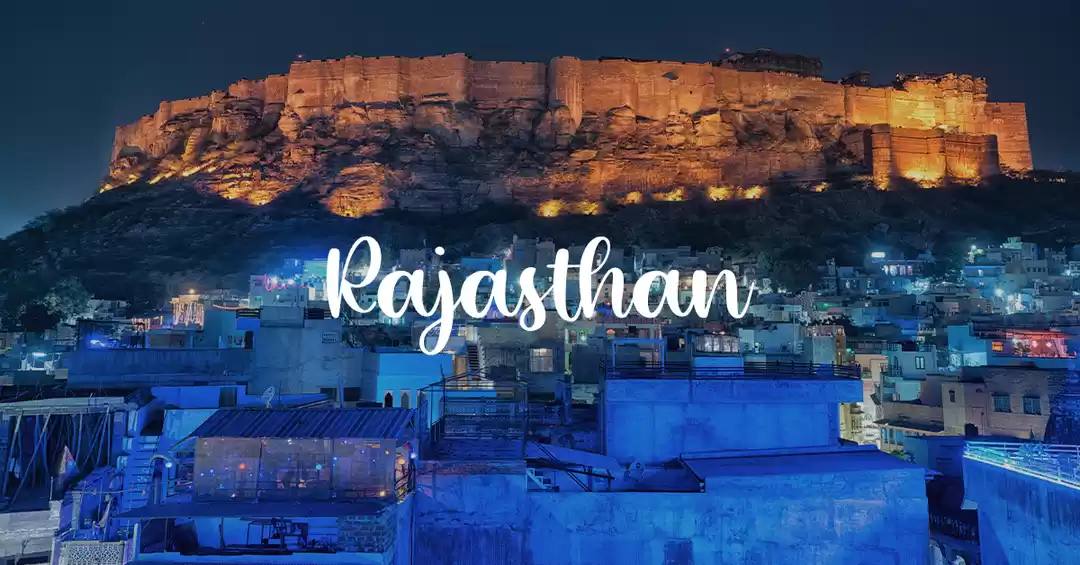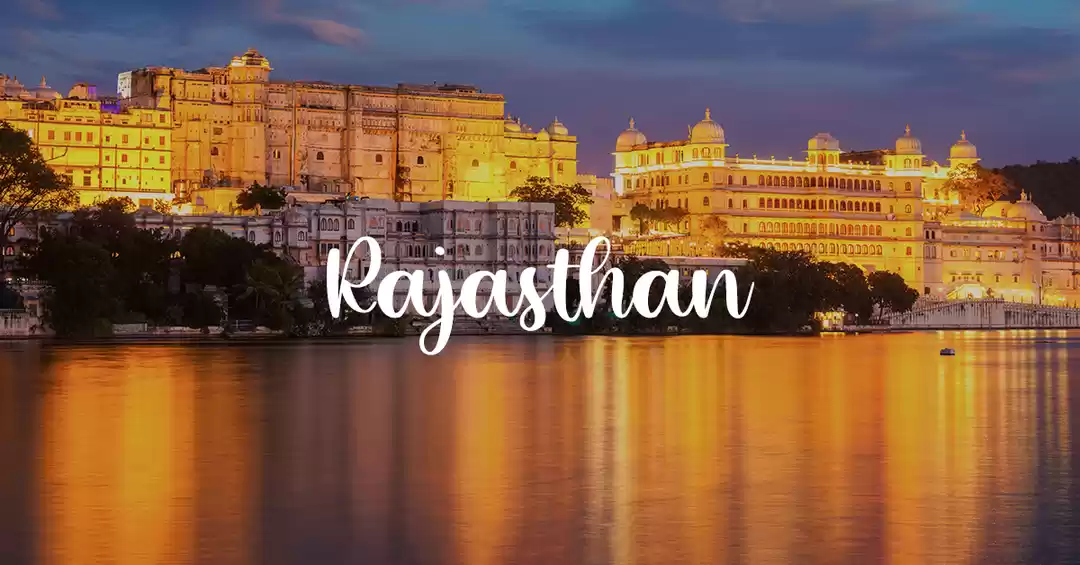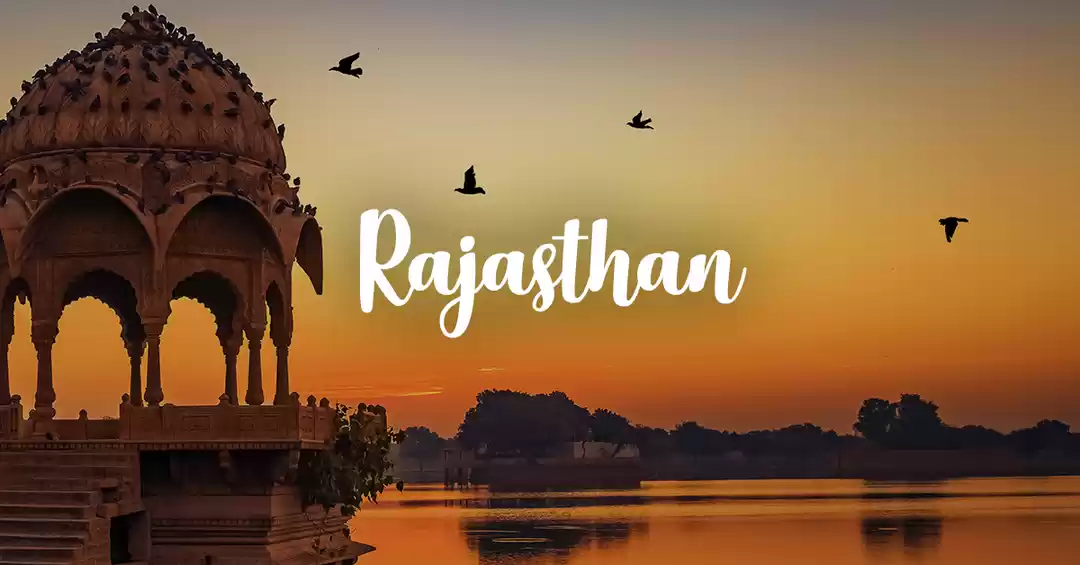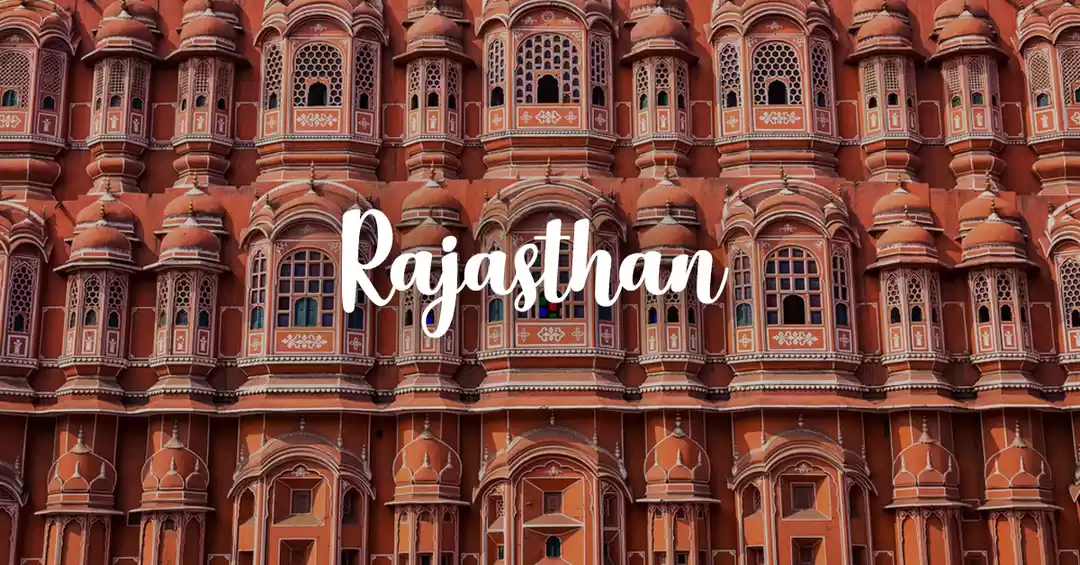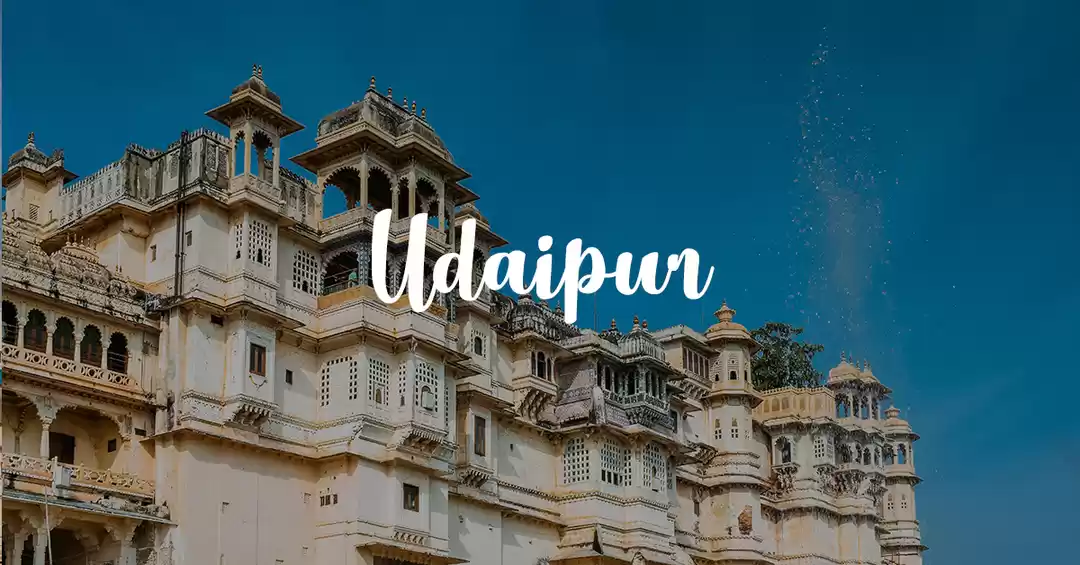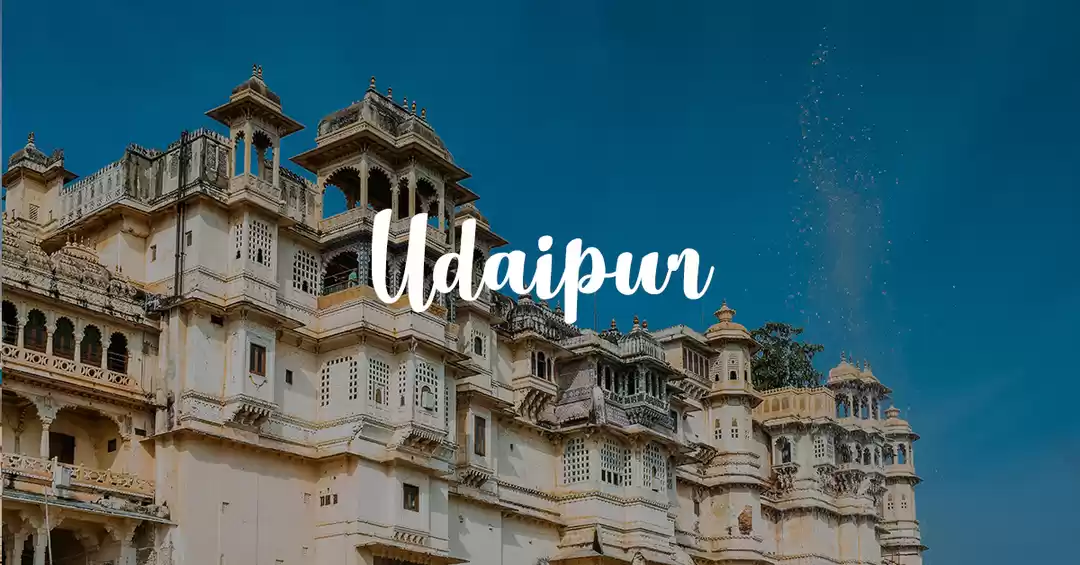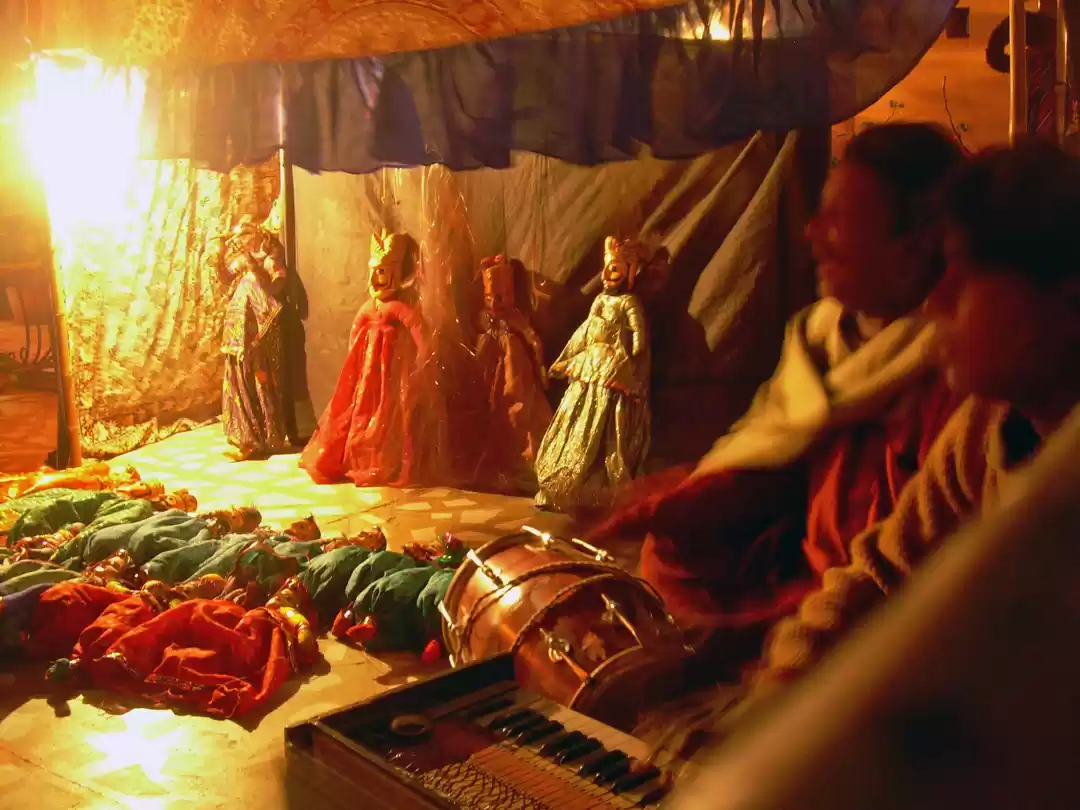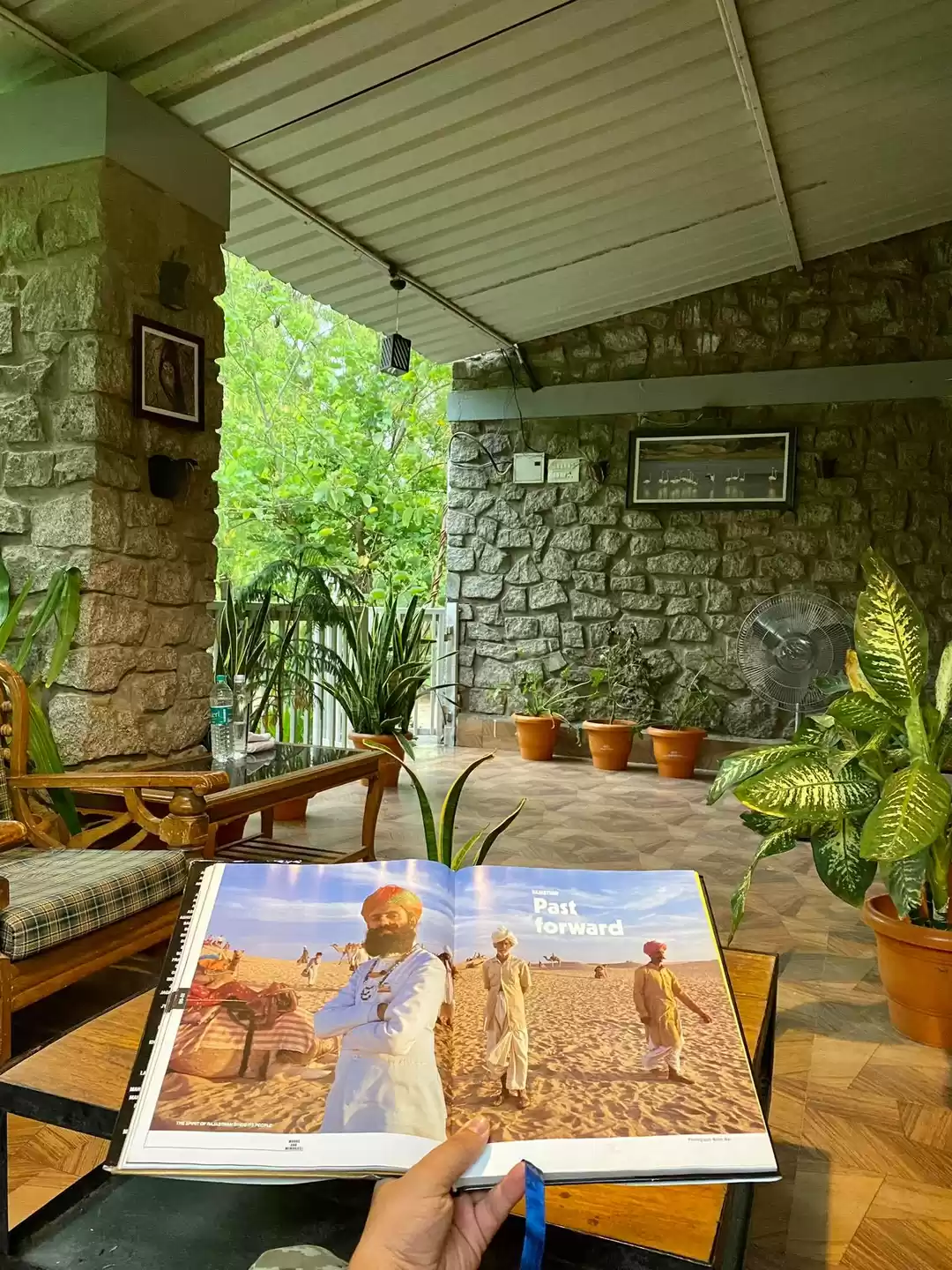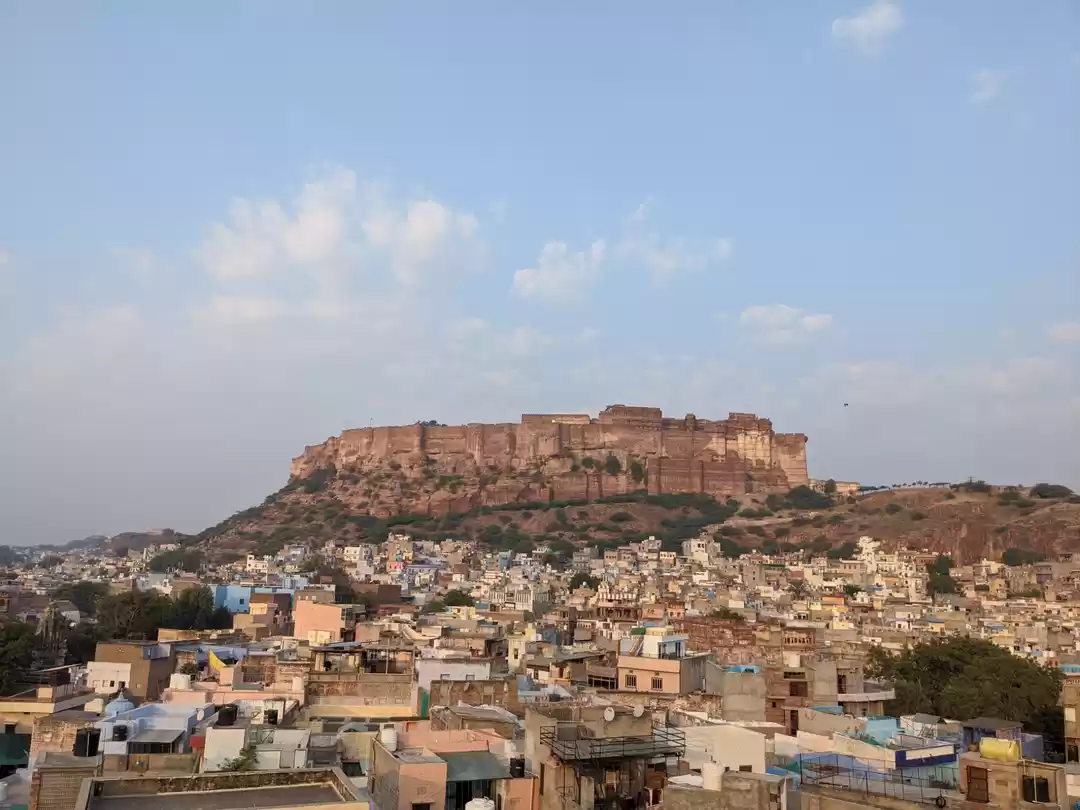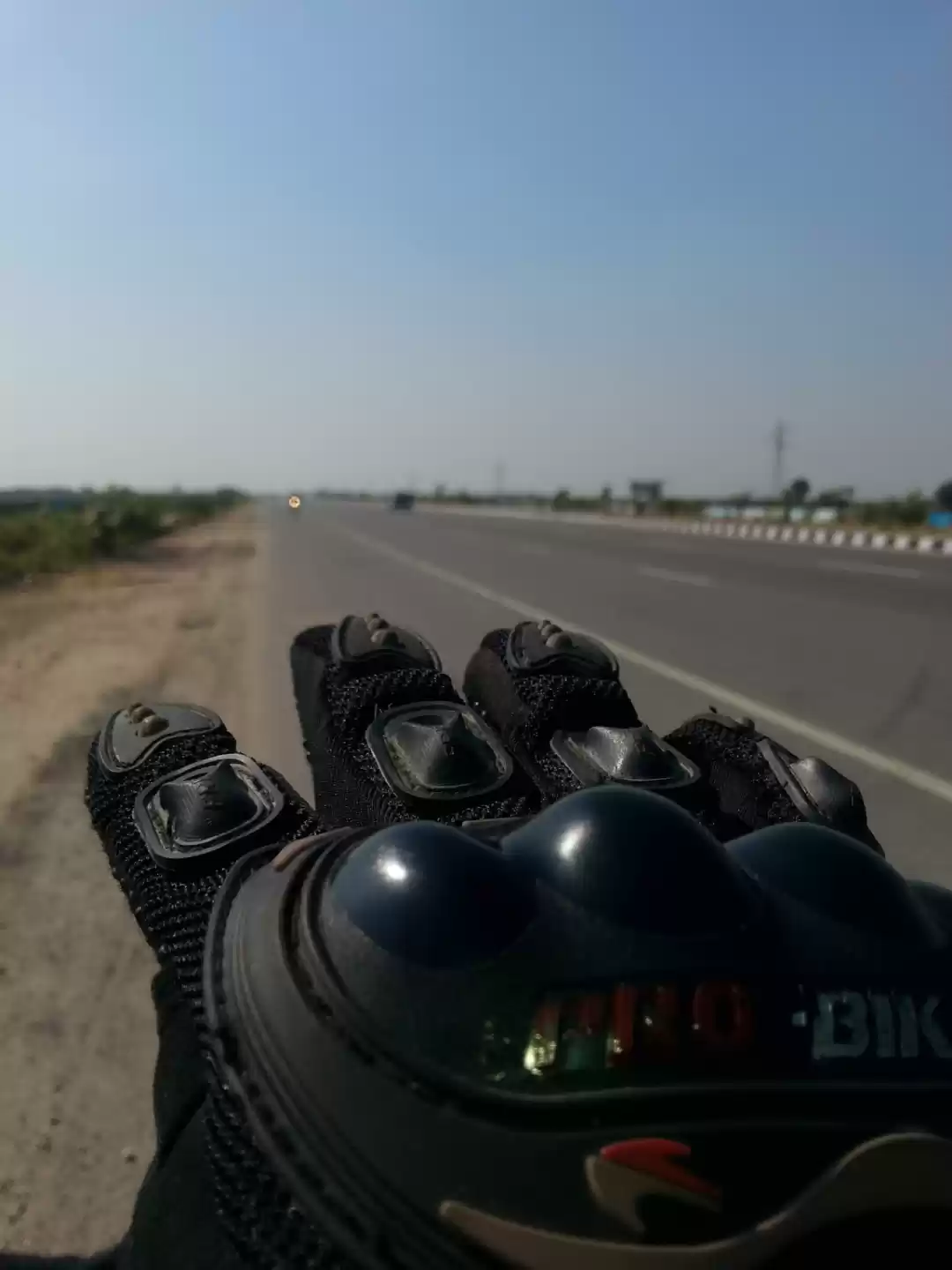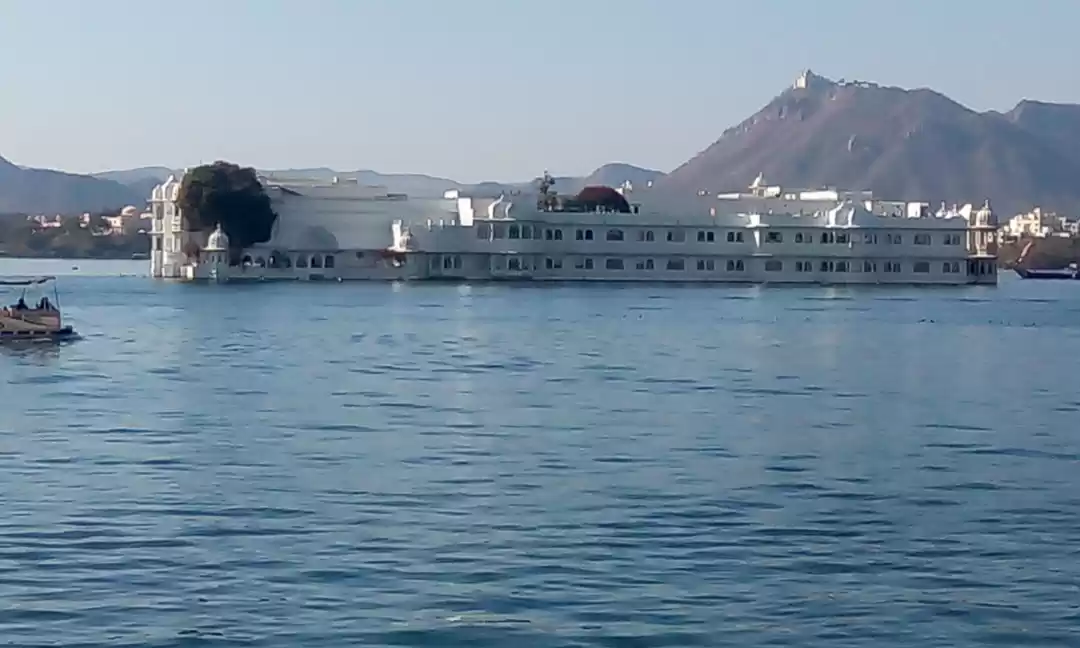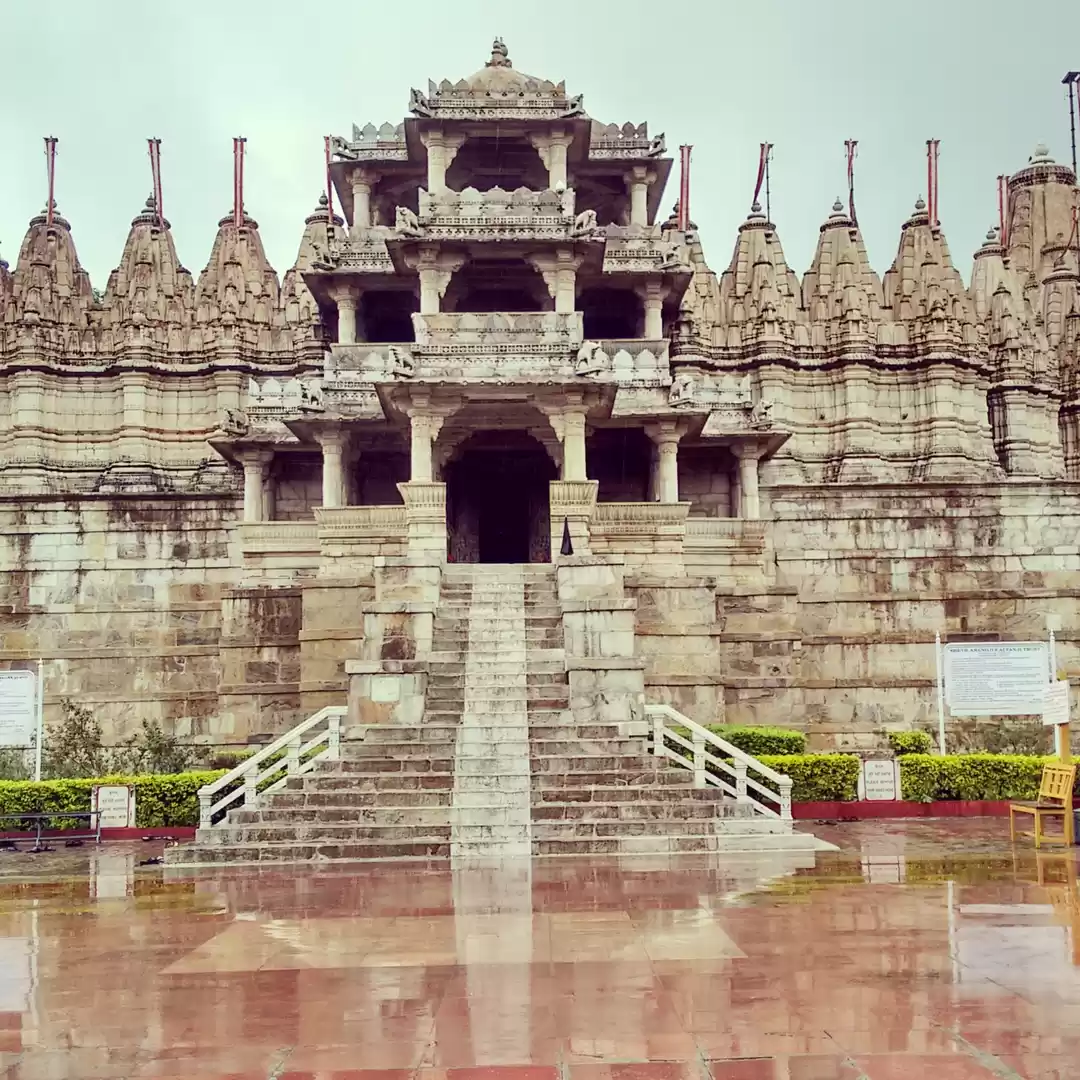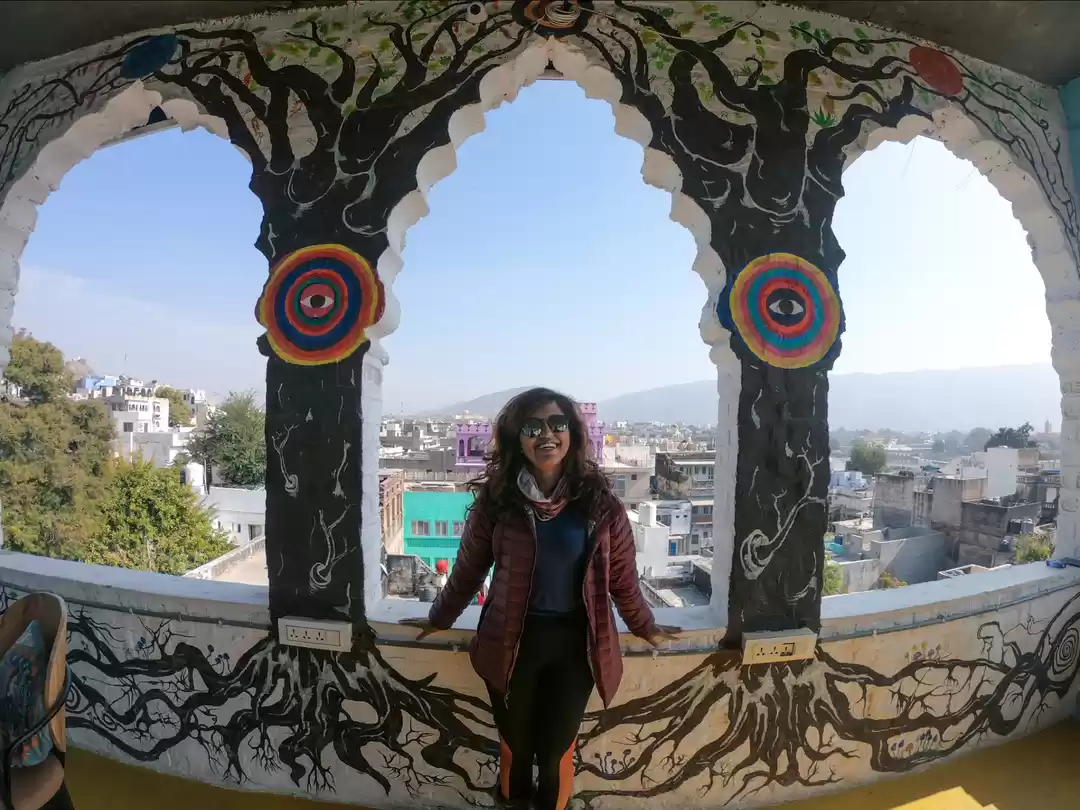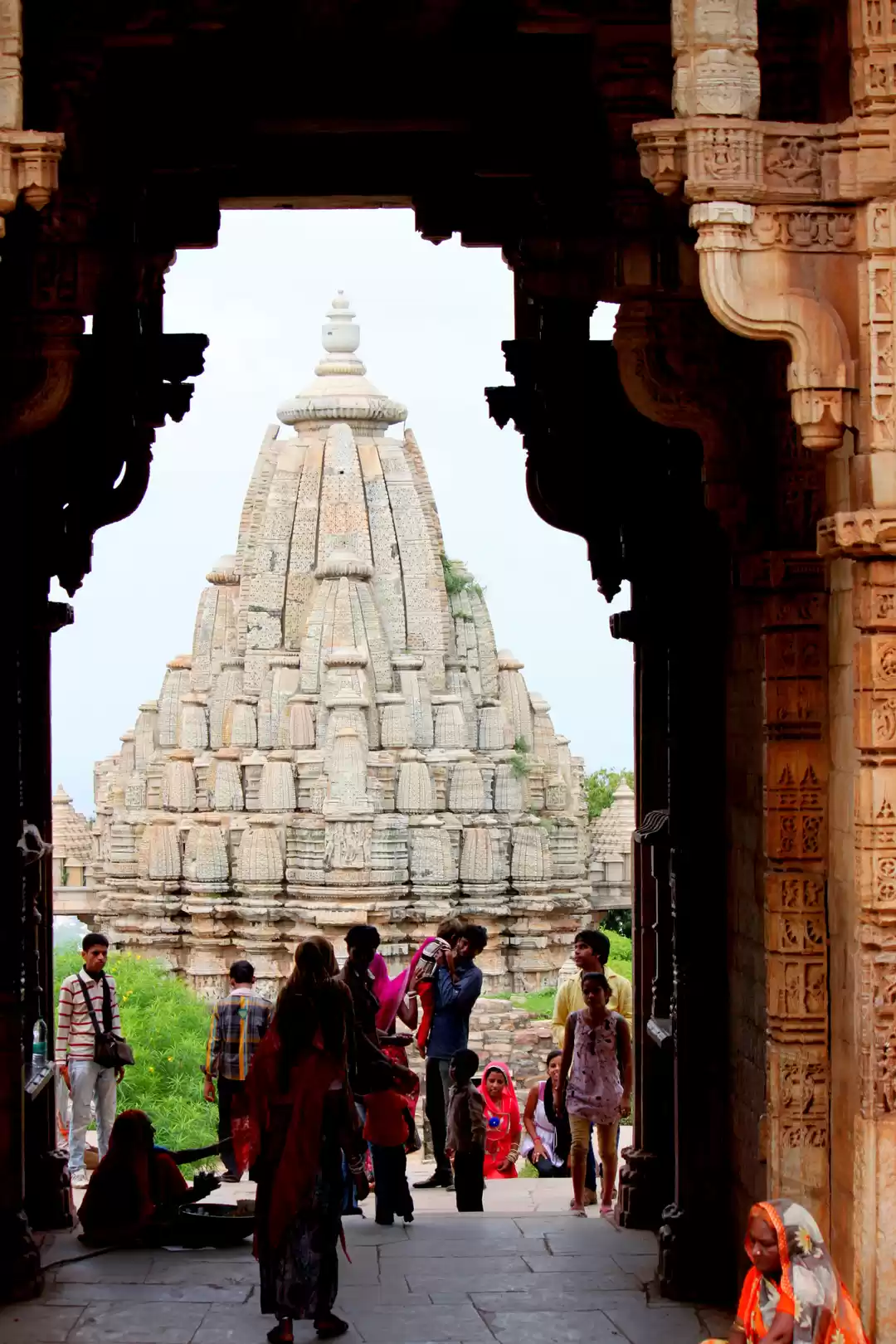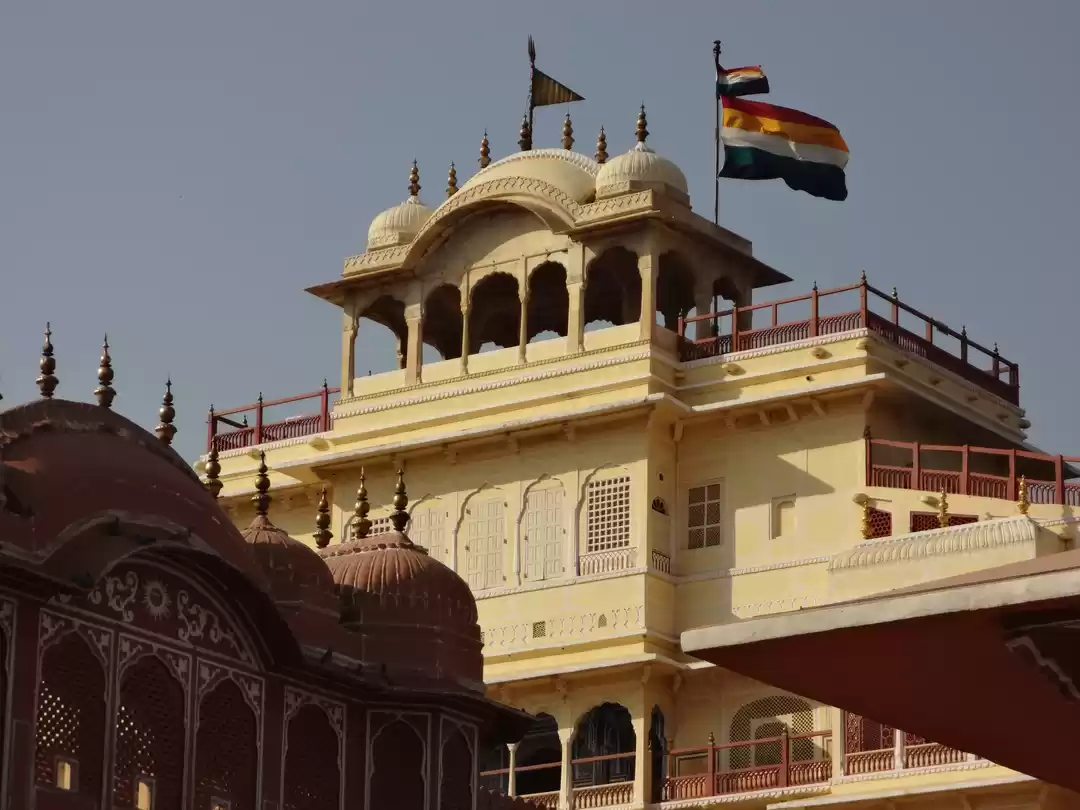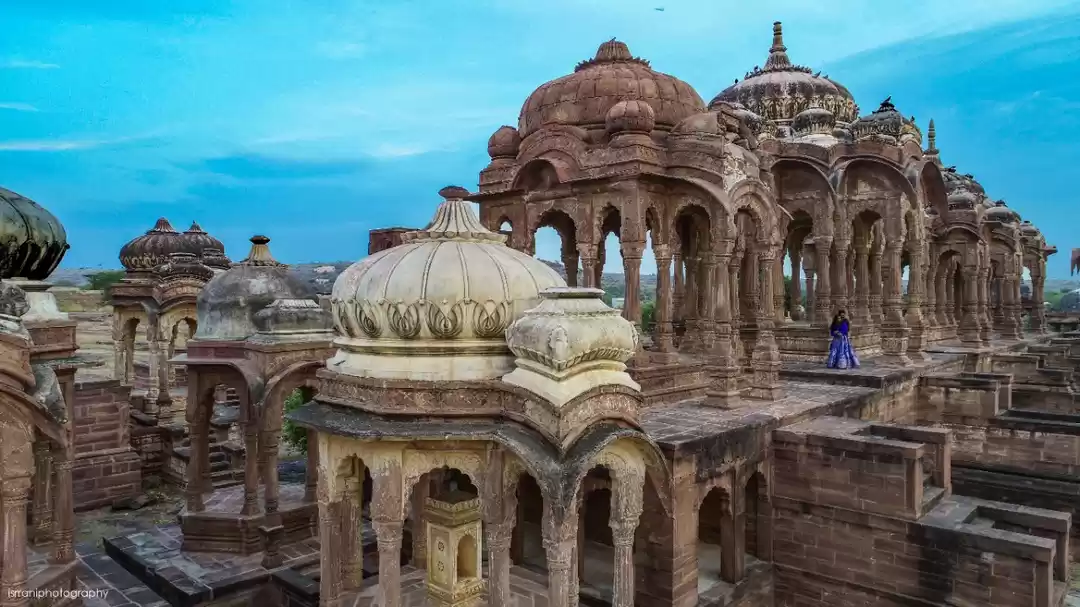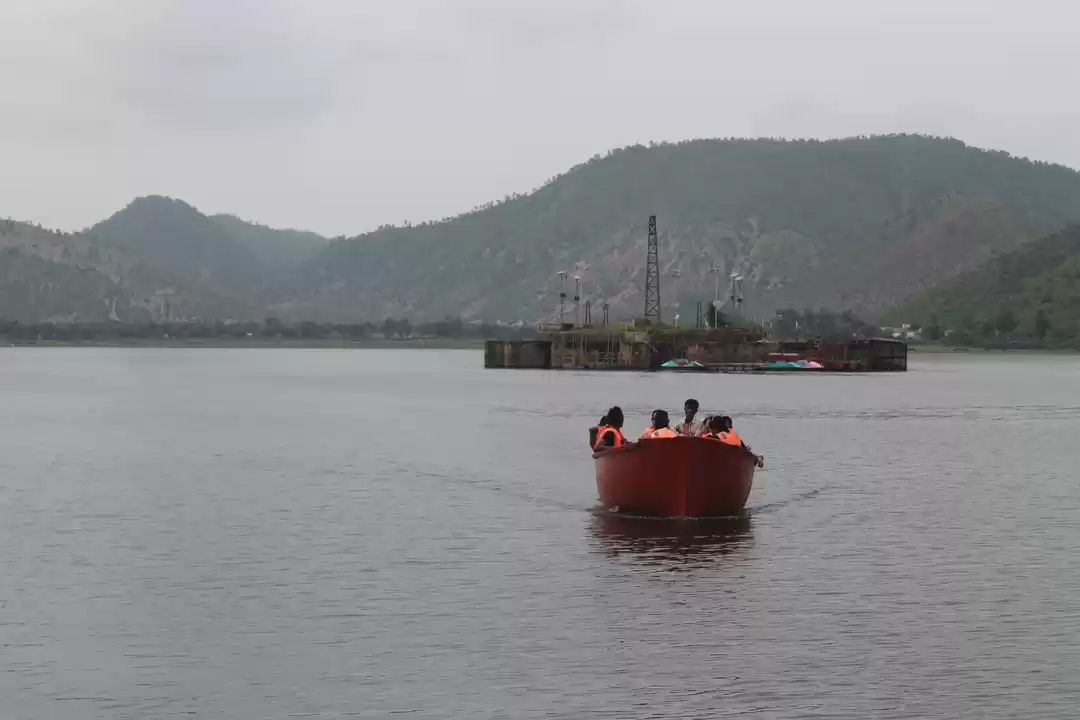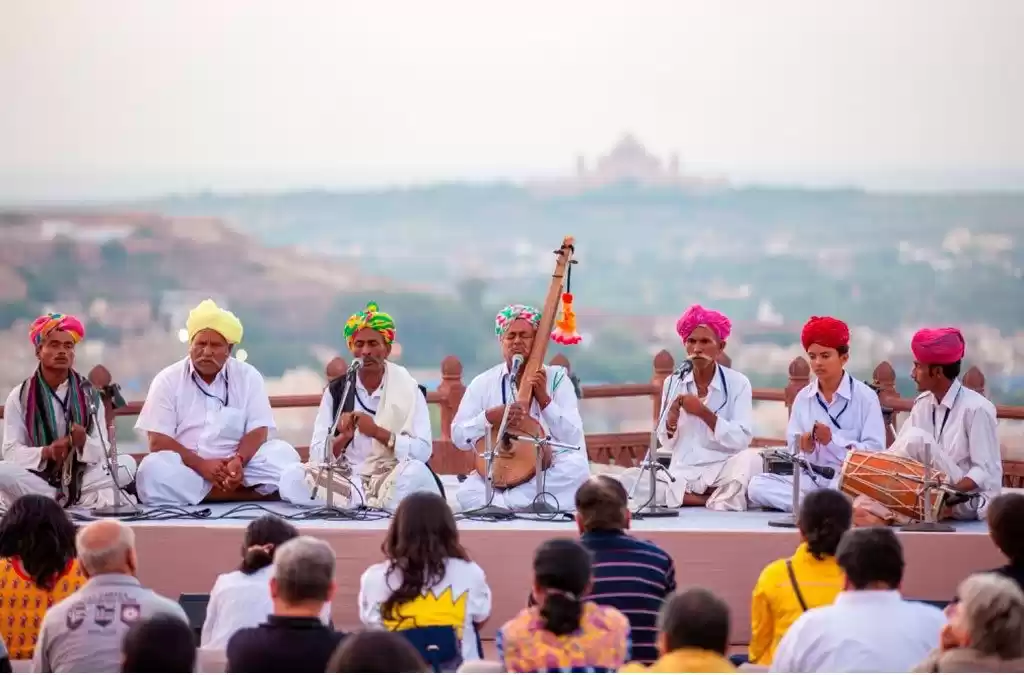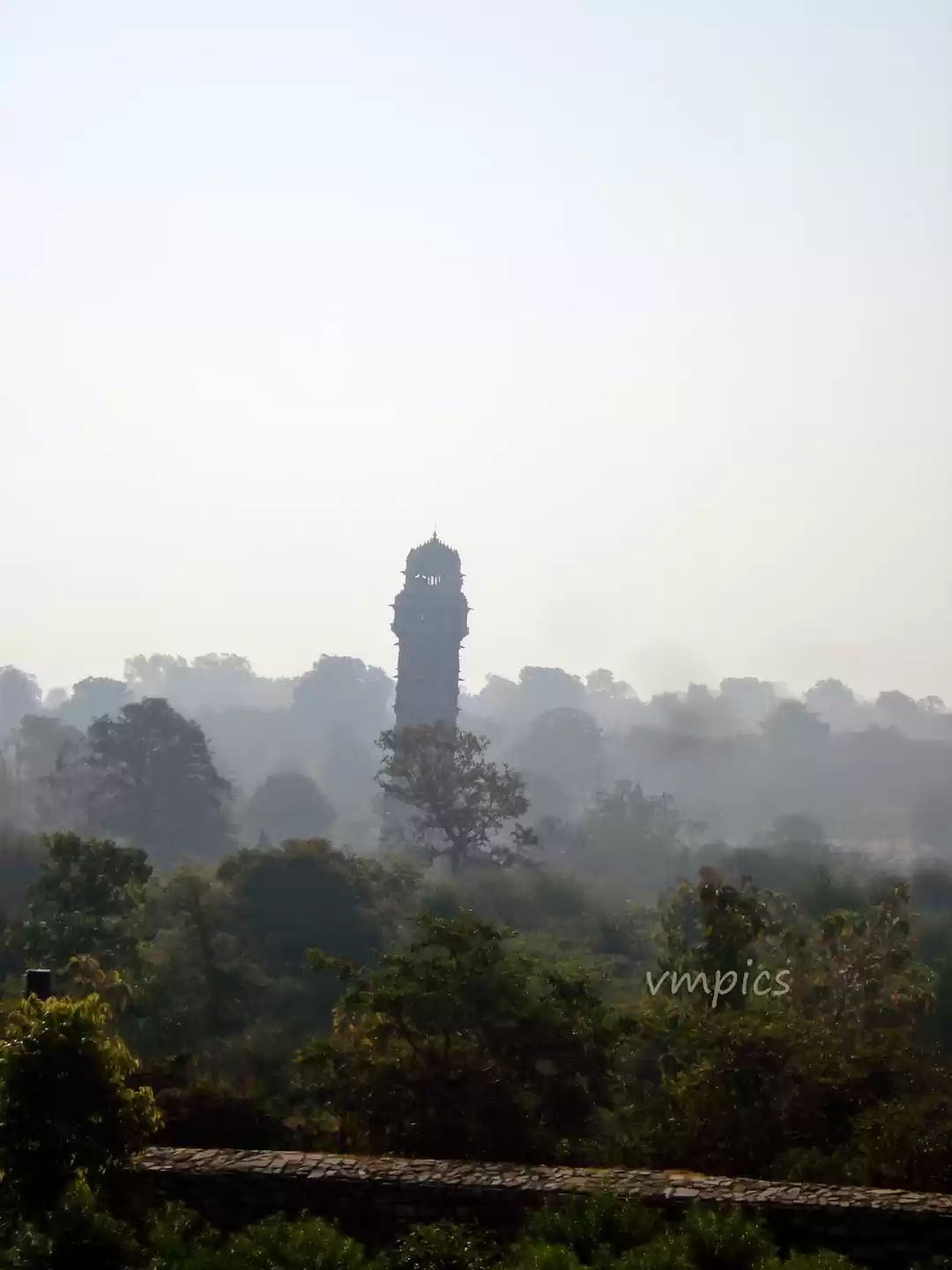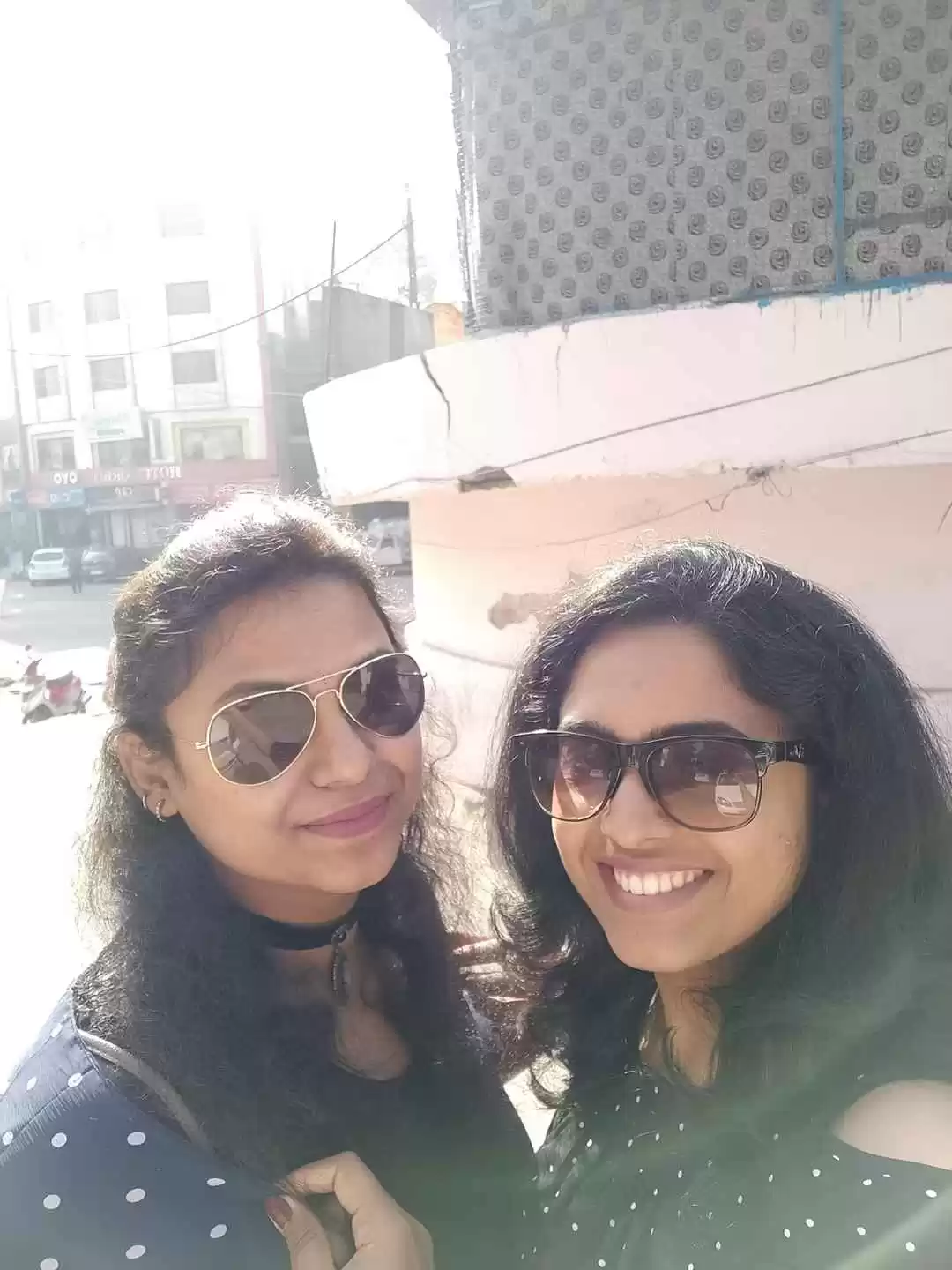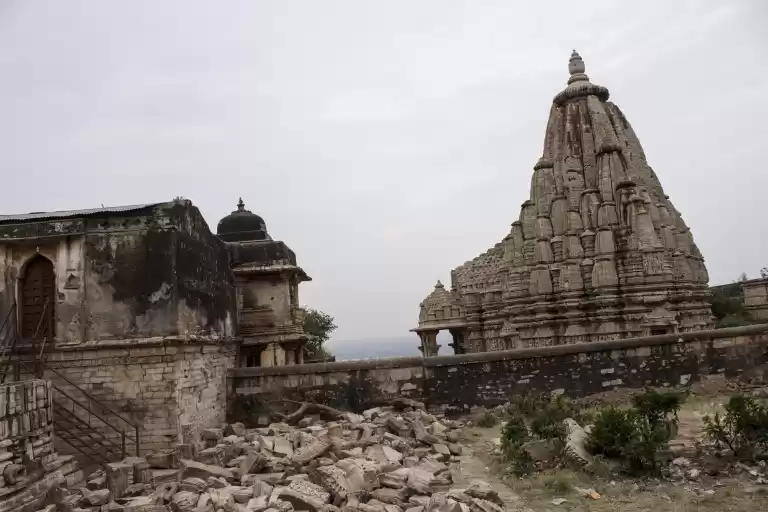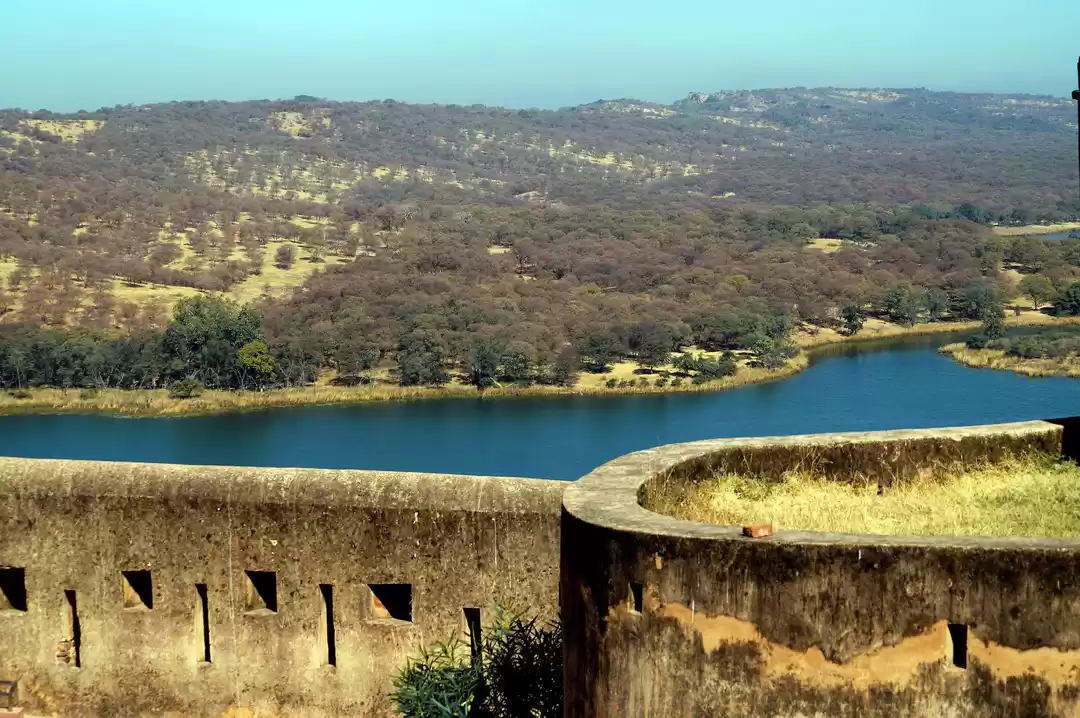Chittorgarh a UNESCO World Heritage Site is the largest fort in India. Chittor was the capital of "Kingdom of Mewar" till the Royal family moved to Udaipur. Chittorgarh is a symbol of Rajput Chivalry resistance and bravery and has witnessed a lot of bloodsheds over centuries due to its strategic position and importance.
The Ruins run chills down the spine. Stories traveling as folklore fill you with gratitude and immense respect for Rajput Chivalry, who fought selflessly and protected our ancestors from conversion and massacre.
The freedom we have today is at the cost of countless sacrifices.
The Fort is built on a 180-meter high hill covering 700 acres and has seven gates. The fort houses many palaces, temples, towers, and historically significant monuments.
Main Places to Visit
7 gates of Chittorgarh
From the base to the hilltop, the Paidal Pol, Bhairon Pol, Hanuman Pol, Ganesh Pol, Jorla Pol, Laxman Pol, and Ram Pol, the final and main gate.
Rana Khumba Palace
Now in complete ruins, this palace was rebuilt by Maharana Kumbha on a ruined palace which was built in the 734 AD by Bappa Rawal.
Maharana Kumbha lived most of his life in this palace.

The founder of Udaipur Rana Udai Singh was born here.


Krishna devotional poet-saint MeeraBai lived here most of her life.

Kirti Stambh
Chittor has a history of Jain culture going back several centuries. In 12th-century a tower was built by Jain merchant. Built-in Solanki architecture standing 72ft high and is adorned with beautiful carvings.
Vijay Stambh
Rana Kumbha, in 1448 to commemorate his victory over the combined armies of Malwa and Gujarat led by Mahmud Khilji. The tower is dedicated to Lord Vishnu. The topmost story features an image of the Jain Goddess, Padmavati. Rana Kumbha also had the word Allah carved in Arabic nine times in the third story and eight times in the eighth.

Our guide told us the intention to carve Allah on the third and eight floors was to protect it from any Islamic Invasions in the future.



Padmini PalaceMeerabai TempleKumbh-Shyam Temple
Samadhishwar Temple
Dedicated to Lord Shiva and built-in the 11th century. The main sanctum is enshrined with three-faced Shiva.

Ruins of the ancient temples destroyed during many invasions.



Tridev Temple
On the north of the temple is Gaumukh Kund.



Gaumukha KundJauhar Placeprotests against Padmavat movie at one of the gates
We visited Chittorgarh on 4th Dec 2017, just before the release of the movie Padmavat. There we protest going on against the cast and director of the movie by Rajputana community.
We all have read about the multiple invasions, Jauhar and Chittorgard in our history books, but sitting here witnessing the ruins and the untold stories which our guide shared with us filled my heart with rage and sadness at the same time.
Across multiple wars, more than 1 lakh people were massacred or burnt alive here. Our guide told us when Khilji and his army finally entered the fort, they mercilessly butchered every person they saw. Breastfeeding kids were snatched from their mothers, killed in front of their mothers who were then raped and killed. They destroyed temples, some ruins of these temples are still preserved.
How to reach
~ 3 hours drive from Udaipur. ~ 2.5 hours drive from Khumbhalgad. ~ 3 hours drive from Mount Abu.
Where did we stay
We didn't stay in Chittorgarh, we covered it on the road trip from Kumbhalgad to Udaipur.
Travel Tip
Please hire a guide, this place has historic significance.
You need a good guide to explain all this.
Most of the guides will push you into visiting shops that sell Chandan Saris, You can avoid it by politely refusing.
Chittorgarh can be easily covered in a day trip from Udaipur.
Leave Udaipur by 10 am have lunch on the way and reach around 2 pm.
If you are interested in history then don't make it a hasty visit, keep 4-5 hours to explore all the places in the fort.
I would suggest reaching here around 3 pm since it is very hot during the day. Nov - Feb will be the best time to visit.
Chittor Fort is huge so covering all the places on foot is a bit daunting. Please book a car which can take you to all the monuments.
Don't miss witnessing the sunset from Rana Kumbha palace.
We couldn't find any decent restaurant nearby, so please eat on the way.



